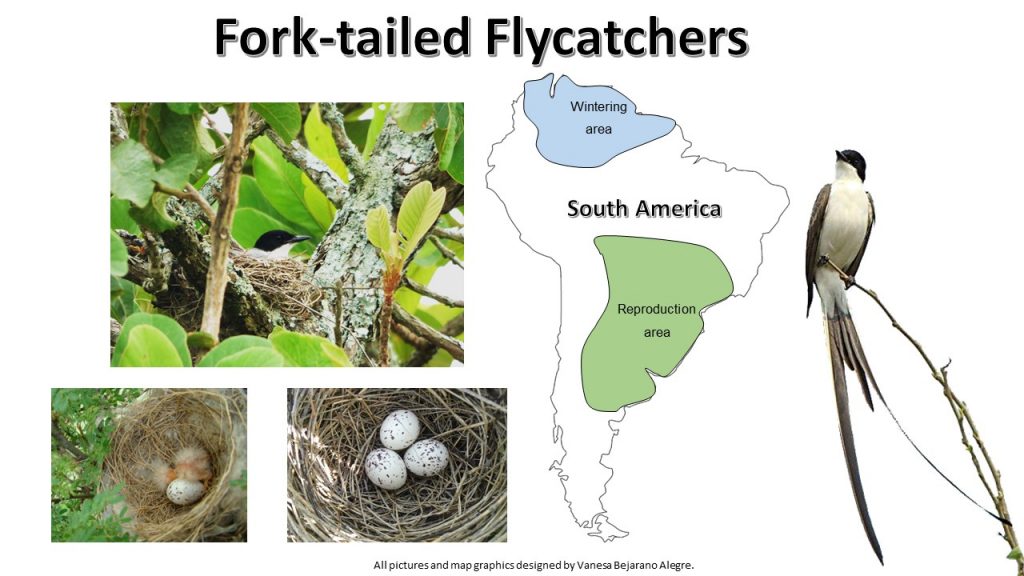As spring approaches, an extraordinary natural spectacle unfolds: thousands of Fork-tailed flycatchers (Tyrannus savana) prepare for their epic migration southward. This phenomenon, marked by adaptability and endurance, reveals the complexity and fragility of these small birds.
Some Fork-tailed flycatchers have evolved to stay year-round in northern South America, while others follow the migratory call. The males, pioneers of this journey, embark on a critical mission: to reach the nesting area and secure the best territories for the arrival of the females. For them, being early means access to more resources and the freedom to choose the ideal mate.
The distance of this migration varies significantly. Fork-tailed flycatchers heading to Buenos Aires, Argentina, can travel approximately 4,105 km, while those heading to São Paulo, Brazil, face a slightly shorter journey of about 2,990 km. However, these figures do not fully capture the magnitude of their challenges.

Alarmingly, in some nesting areas in south-central South America, the presence of these birds is declining. Migration, a formidable challenge for a bird of their size, is threatened by urbanization and climate change. Fork-tailed flycatchers must overcome unpredictable storms, scarcity of resources, and increased predators. Even small green areas, crucial for their rest and feeding, are being replaced by buildings.
These migratory birds, more vulnerable than non-migratory ones, expend significant energy on their trip. If they do not find a safe haven, they risk perishing. Despite their ecological importance, much remains to be studied about these birds. Research is hindered by their size and the limited technology available for tracking them, requiring a considerable investment in human and technological resources.
The population density of flycatchers and their survival rate during migration are largely unknown. However, it is known that reproductive success rates vary significantly, with areas like Brazil reporting chick survival rates as low as 15%.
To preserve Fork-tailed flycatchers and other birds, urgent measures must be taken:
1. Identify and conserve crucial areas for migration.
2. Maintain green spaces with water sources.
3. Prevent forest fires.
4. Record sightings of species in gardens using applications like MERLIN.
5. Adopt sustainable practices to reduce environmental impact.
The survival of Forkr-tailed flycatchers and many other species depends on our ability to coexist harmoniously with the natural world. It is imperative to act now to ensure a future where biodiversity can flourish alongside humanity.

